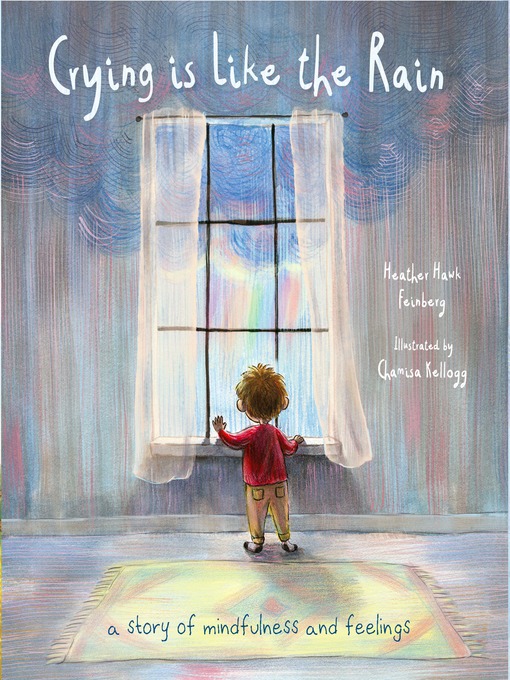A gentle metaphor for understanding and processing anxiety and sadness.
Is it possible we've misunderstood crying all along? That's the discovery one big sister sets out to share with her little brother as they walk to school and get caught in a storm. Along the way they explore sadness, loneliness, fear, frustration, anger and more, through gentle metaphor. Their journey examines our tears revealing how they begin, why they happen, and what to do with them. Throughout the book, the message received is that we are safe in our emotional experiences and that feelings, like the weather, come and go. This is an empowering story about navigating and understanding our feelings as a healthy, important, and very natural part of our lives. Have you ever noticed you feel differently after you cry? That's because Crying is like the Rain.



